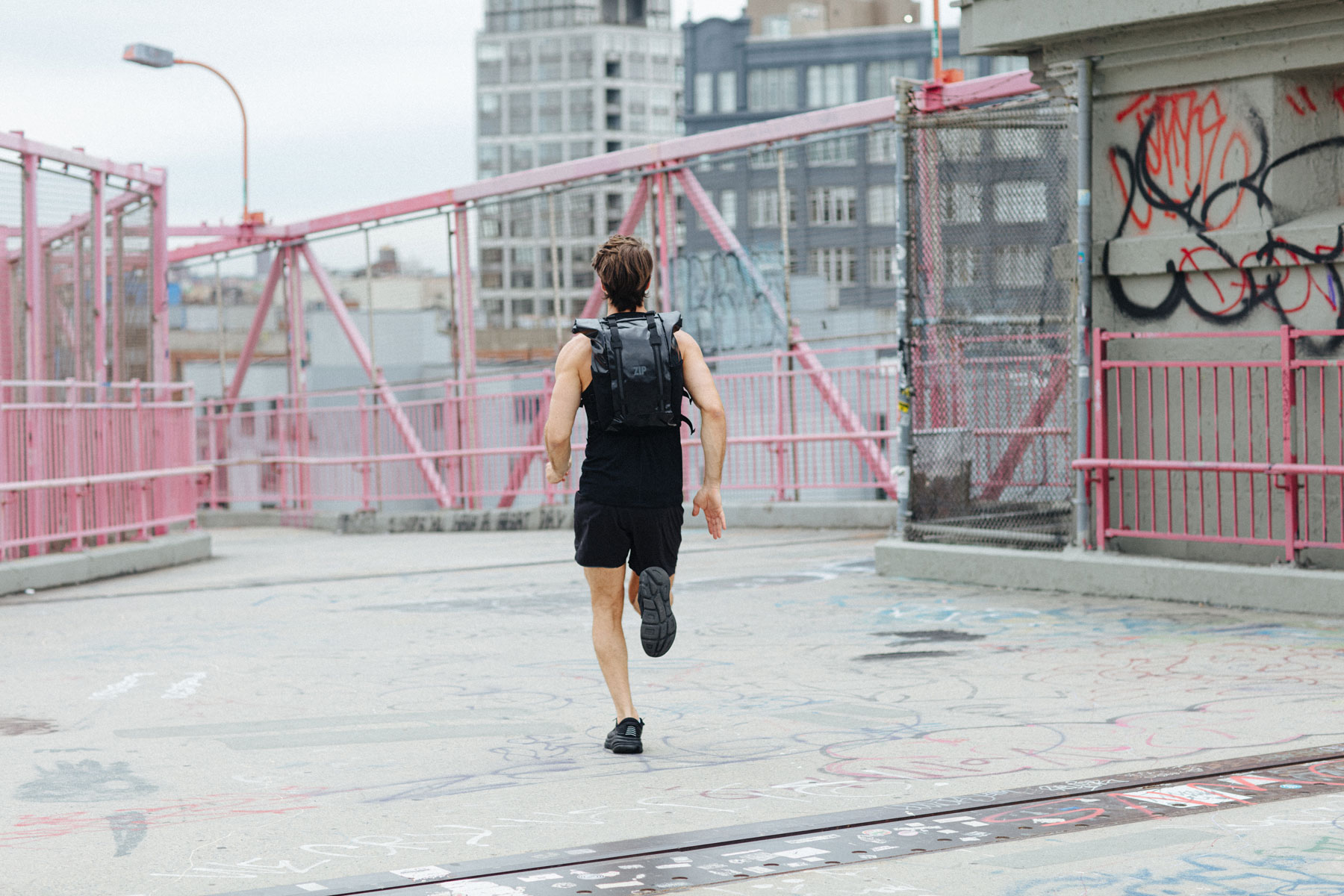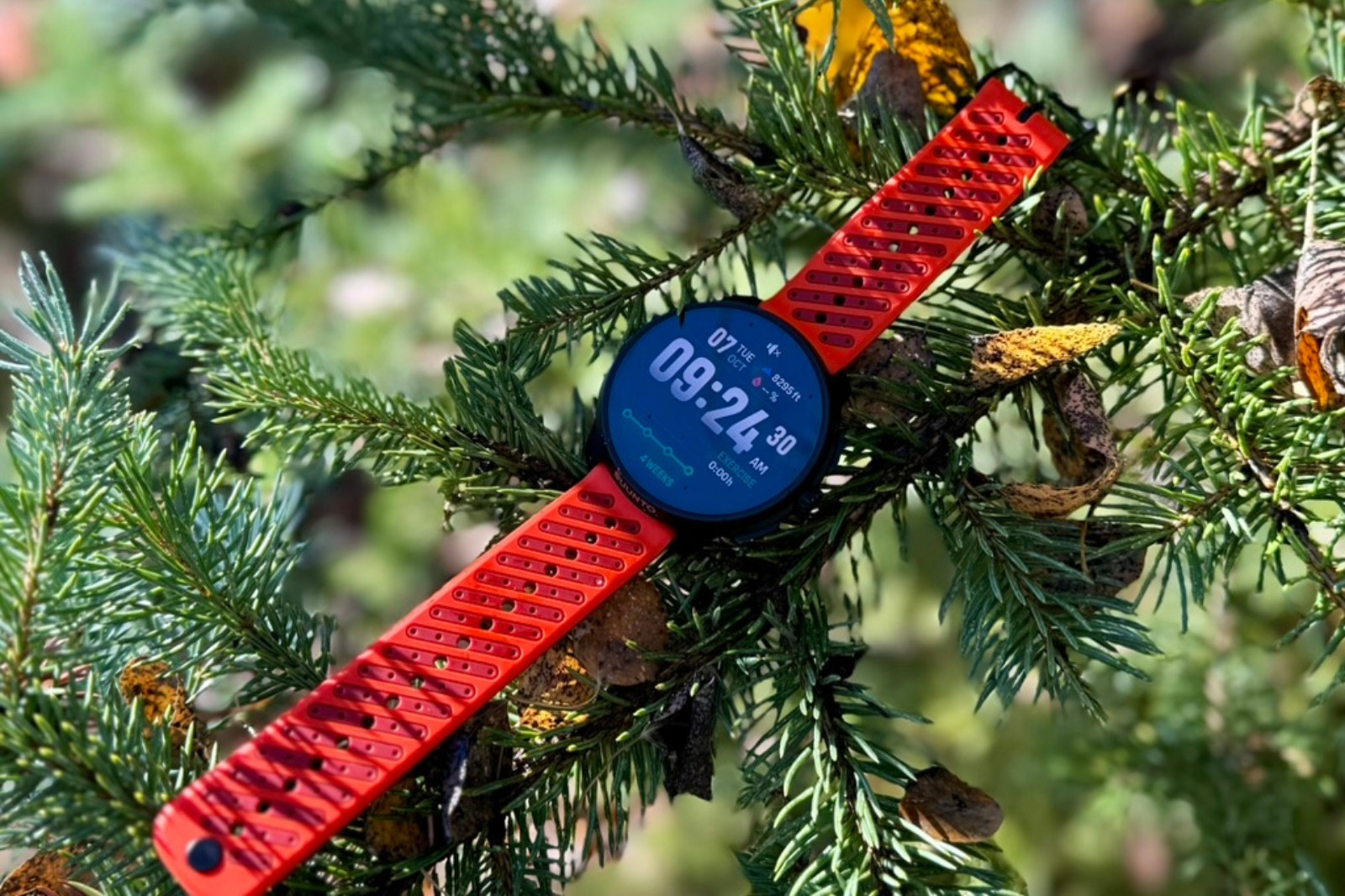
We independently review everything we recommend. When you buy through our links, we may earn a commission.
2.7 oz. (76 g)
1.5-inch AMOLED
Up to 55 hours
GPS, GLONASS, GALILEO, QZSS, BEIDOU
115-plus sport modes, offline maps, personalized training guidance
Available now for $499 (stainless steel) or $599 (titanium)
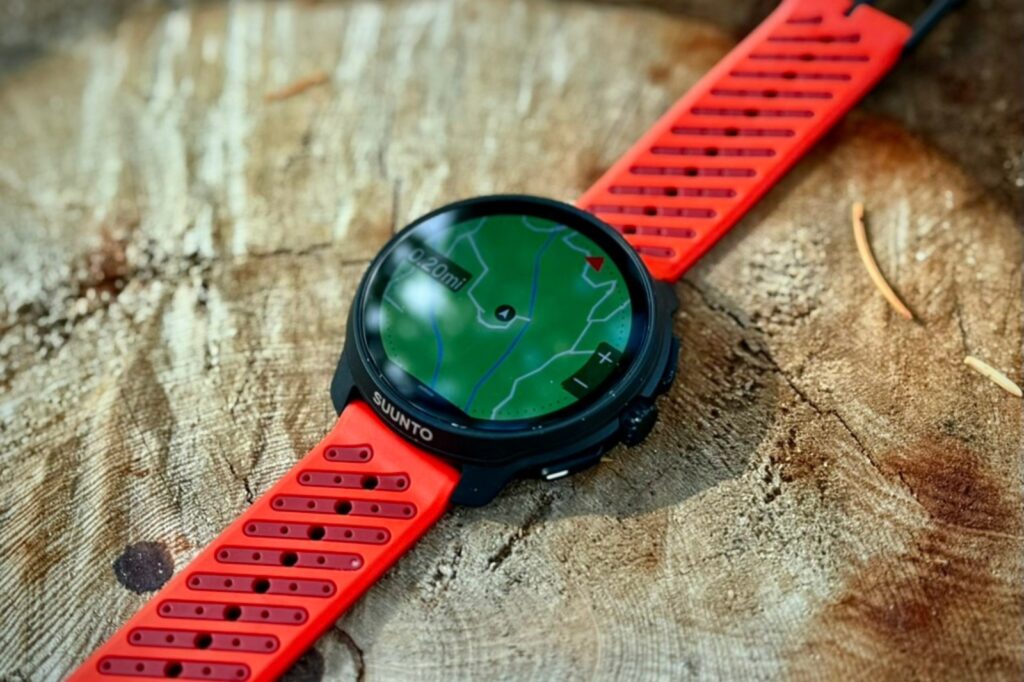
TAYLOR: I really wanted a Suunto watch back in the day. And, by back in the day, I mean about a decade ago, when trail running was really starting to come into its own. Either way, that’s when I discovered this grand old sport, and I wanted the best on my wrist.
That era, importantly, was shaped by Suunto and Salomon. They were among the first brands to truly push the innovation envelope and professionalize the sport. So, obviously, when athletes like Anna Frost, Kilian Jornet, and Max King are sporting some gear, you want that exact same thing.
While I couldn’t justify the price of any of that as a new trail runner still running in college, I certainly dreamed of one day having it. I guess it would be the equivalent of your dad’s new I’m-recently-retired-and-I-bought-my-dream-car-from-1978 thing.
By the time I reached the phase of being able to purchase my first watch, Suunto had sadly fallen off the map in the rising tide of technology. Like the Salomon red S/Lab shoes, though, I never really lost the desire to have some of my own someday.
Well, that day has finally come. I’m 33 and far from retirement, but I finally have my Suunto watch!
2025 is a massive year for Suunto, with multiple updates on the way. Today, we’re discussing one of the most practical watches it has to offer: the Race 2.
I did allude to Suunto’s lack of performance in recent history, but I do want to lead with the fact that those days are long gone. Sorry for the spoiler, but the Suunto Race 2 deserves anyone’s attention who is looking for an adventure-grade watch.
Lastly, I would like to highlight the most important features of this watch. While this is still a conclusive performance review, I could write a thousand-page essay if I dove into every specific detail.
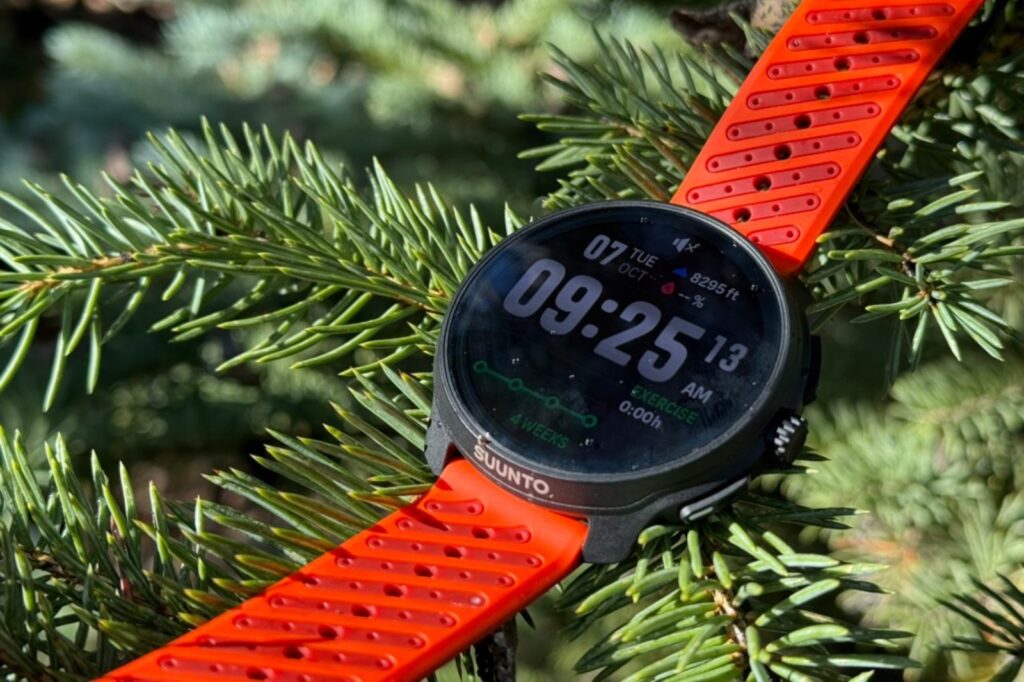
TAYLOR: Let’s tackle GPS first because this has been the largest point of contention, and why so many had left Suunto for other watch companies in the past.
Suunto has definitely forged a path back to being a viable training watch because of the renewed accuracy of its GPS systems. The Race 2 utilizes the same five satellite systems (GPS, GLONASS, GALILEO, QZSS, BEIDOU) that the newest Garmin and Coros watches do.
As part of my review, I wanted to ensure that this was indeed the truth. I kept a running list of activities on various terrains (mountainous, flat, open sky, forest, etc.). This meant running in three different mountain ranges in Colorado, the French Alps, on streets and trails near Baltimore, and on gravel bike rides, all with each watch in the same tracking mode.
Here’s what I came up with. The Suunto Race 2 clocked 173.53 miles while my Coros Vertix 2s came in at 171.61. In terms of GPS accuracy over time, it comes down to a cat’s game. More importantly, both watches were consistent. When I would run familiar routes, my Suunto watch would ping 1 mile, and a few steps later, my Coros did the same.
The next most important metric was elevation gain. For that, the Suunto Race 2 amassed 29,590 ft of gain, where the Coros Vertix 2s reached 29,398 ft. Again, in terms of GPS watches, we would call this equal.
Interestingly enough, my longest activity had the least percentage deviation between the two watches. Even though I came up with a big fat DNF on the Leadville course, I still made it to the 50-mile turnaround.
My Suunto Race 2 came in at 50.66 miles with 7,305ft of gain. The Coros Vertix 2s was at 50.07 and 7,585ft of gain. I want to emphasize that both watches provide consistently accurate information, comparable to that of other commercial GPS watches.
To my point, again, Suunto has turned its ship around in terms of GPS accuracy, which plagued it during the early boom days of GPS watches.
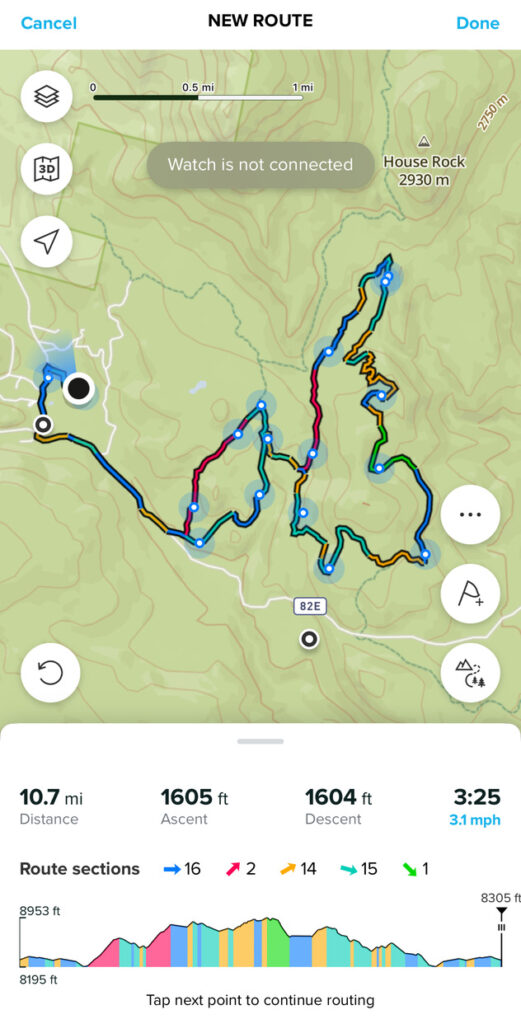
TAYLOR: While GPS accuracy is of utmost importance, we’ve seen a rise in battery life being the next concern for runners — especially those going for trail and ultra running activities.
The Suunto Race 2 comes set in Performance mode. That means it is the most accurate and quick feedback for runners. For the nerds, it will constantly utilize four of the satellite systems simultaneously and receive feedback to gather the best information. The processor on the Race 2 is speedy, so I didn’t notice any lag, and the watch responded to various paces and elevation changes almost instantly.
From a fully charged battery, Suunto claims the Race 2 offers 55 hours of use. I would estimate that to be closer to 48-50 hours of use, based on my battery percentages after various activities. There are just so many factors that go into how much battery is used by a watch (screen type, heart rate sensor usage, maps, etc.).
At any rate, this particular watch could carry most runners through some of the biggest adventures available in full GPS mode. Suunto offers the Vertical 2 or other GPS settings on the Race 2 for those who need more functionality.
Other battery modes include 65 (Endurance), 90 (Ultra), and 200 (Tour) hours, with diminishing accuracy associated with the longer battery life.
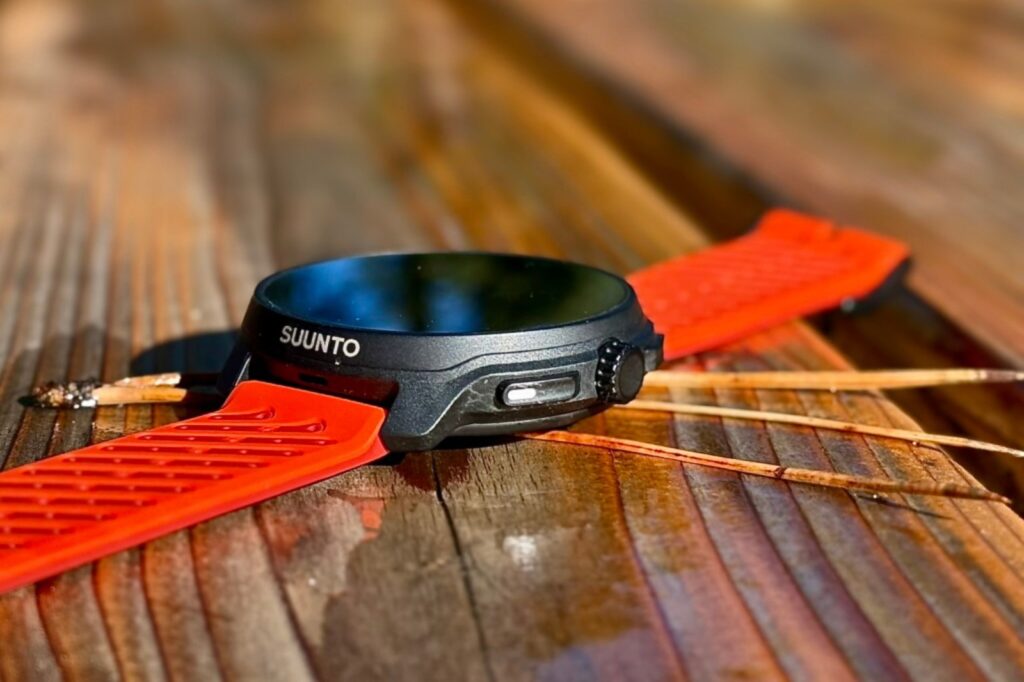
TAYLOR: One of the major recent enhancements to GPS watches has been the beautification of the screen. The Suunto Race 2 boasts a glamorous 1.5-inch AMOLED screen. Honestly, it has the best presentation of any watch screen I’ve seen.
These high-visibility screens recreate a wide range of colors, feature more complex visuals, and can be turned off completely when not in use. The trade-off is in the battery life department. Any watch with an AMOLED screen will come to terms with that fact. I would say, in the case of the Suunto Race 2, it’s worth it for most runners. Of course, the exceptions would be individuals participating in multi-day activities that require full GPS use without access to charging.
The Suunto Race 2 offers a smooth touchscreen experience, complemented by a bezel and a set of buttons for toggling between features. You can customize watch screens, what buttons are used for, and the various widgets. These are the features that I appreciated more as I got used to the watch.
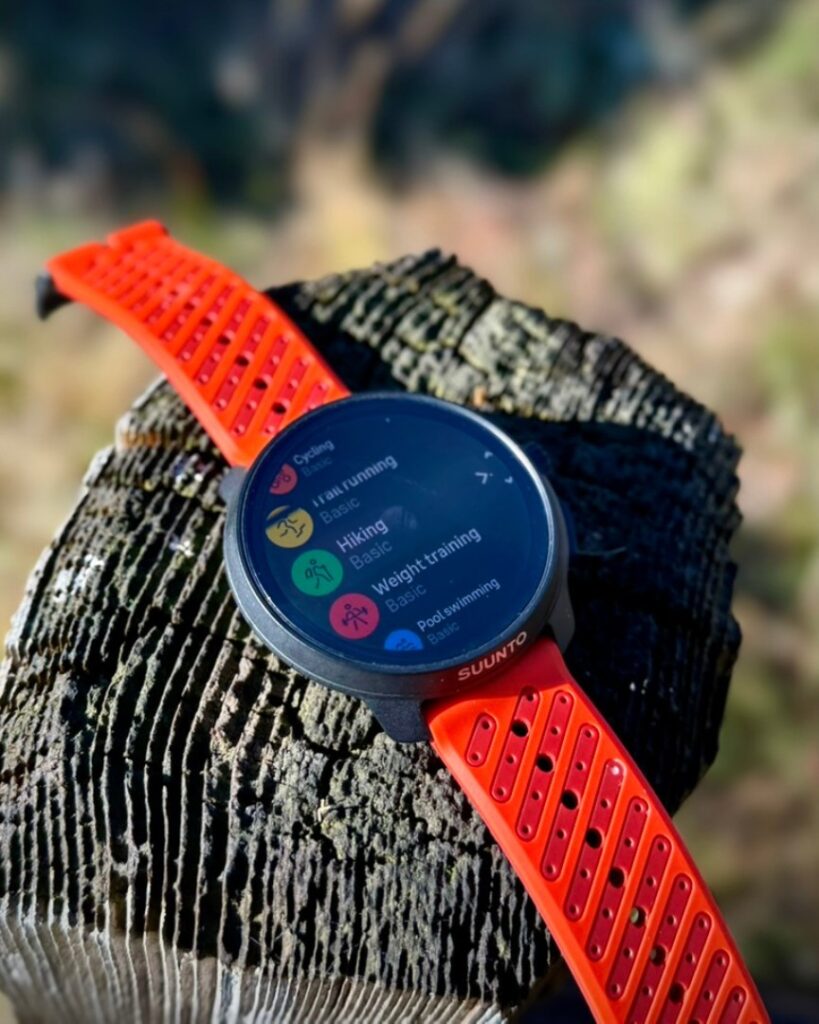
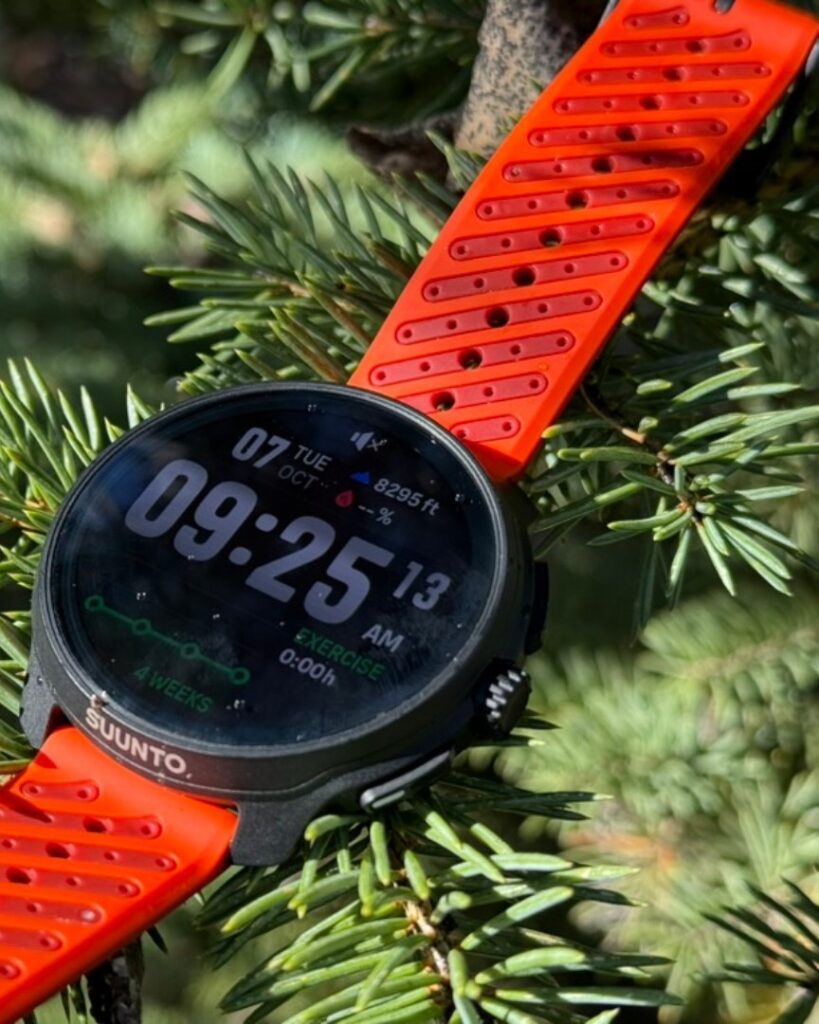
TAYLOR: Suunto protected the Race 2 with high industry-standard scratch- and shatter-resistant sapphire glass. Even with a bunch of backcountry miles where brushing up against trees, bushes, and rocks is common, my unit shows zero signs of roughhousing.
The stainless steel cabin also adds a little more peace of mind as far as durability goes. It houses the hardware and screen without a hitch. Drops, bumps, and that inevitable time I get out of control bombing a downhill don’t worry me at all with this build.
These materials allow for a standard range of temperature use before any battery degradation occurs. Let’s be honest, though, nobody really wants to be out running in weather that’s less than -5℉ and above 130℉ (-20 to 55℃). That’s where Suunto’s Vertical 2 will come in handy.
The only issue I have with such a robust setup is weight. I’m one of those runners who opts for the large “adventure” style watches that are typically beefy. Even though this is not Suunto’s equivalent to those, the Race 2’s weight is comparable. I had the stainless steel version, which weighed 75 g (2.65 oz). The titanium version is 10 g lighter.
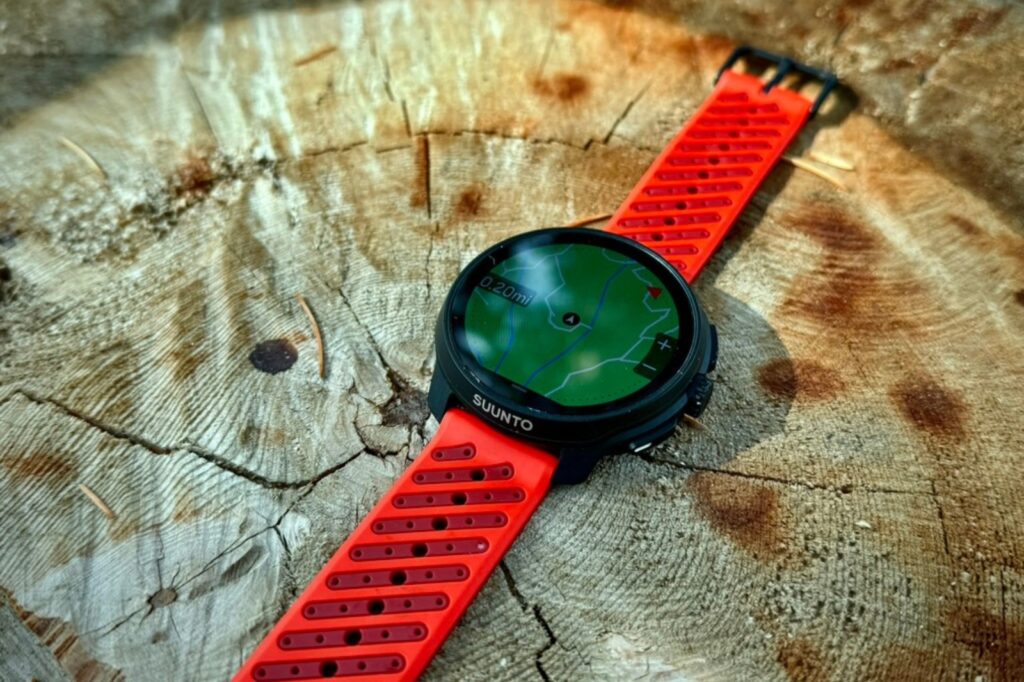
TAYLOR: One of the major perks of the Suunto Race 2 is the insane amount of activities you can track. Basically, any physical motion you can conceive of is here. Even quite obscure racket sports like squash and badminton are on the table. Frisbee golf, horseback riding, wheelchair, parkour, skateboarding, and even chores are a few more options.
Of course, we’re keen to run here, so it’s great to see Suunto break running out into several disciplines like Running, Trail running (mountain and standard), Vertical running, Track running, Walking, Hiking, Trekking, Nordic walking, and Mountaineering.
I found that, regardless of the activity mode I was in, the heart rate sensor was pretty good. To compare, I always wore another watch connected to an armband HRM. Often, they were spot on or differed by less than a handful of beats per minute. I was quite impressed with their consistency. The heart rate data was actually fairly reliable, which is a huge win for wrist-based monitors.

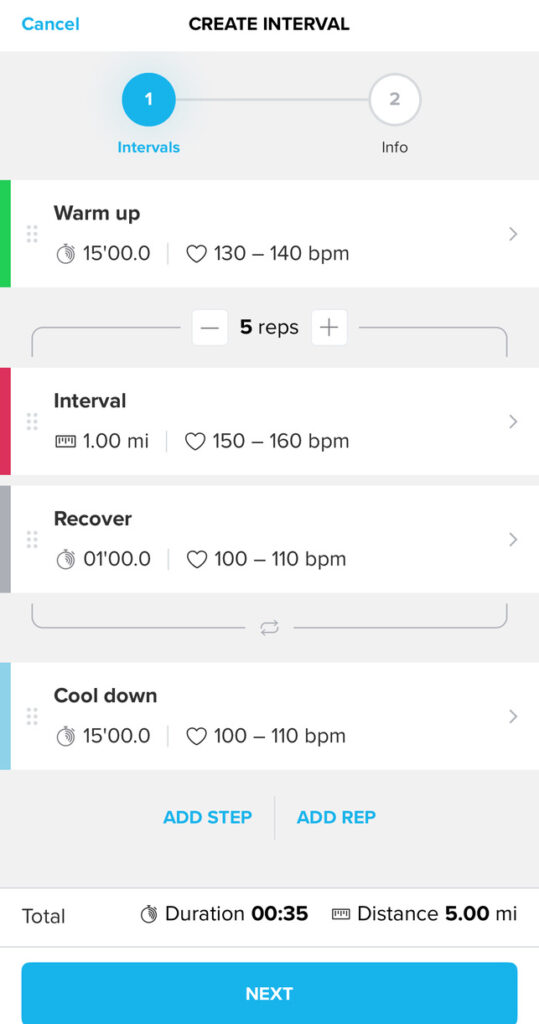
The Suunto Race 2 is also compatible with external heart rate monitors, if you prefer that option.
Other important training measures, such as sleep tracking, heart rate variability (HRV), and blood oxygen levels, are also baked right into the Race 2.
The activities and wide array of metrics inform the recovery/training recommendations made by Suunto’s in-app trainer.
Because I think this level of watch will be most appealing to those who would consider themselves more “serious” about training, it was nice to see the ability to create workouts and training calendars in the app as well. I found the workouts user-friendly and straightforward to create, which I could then use in various activity modes.
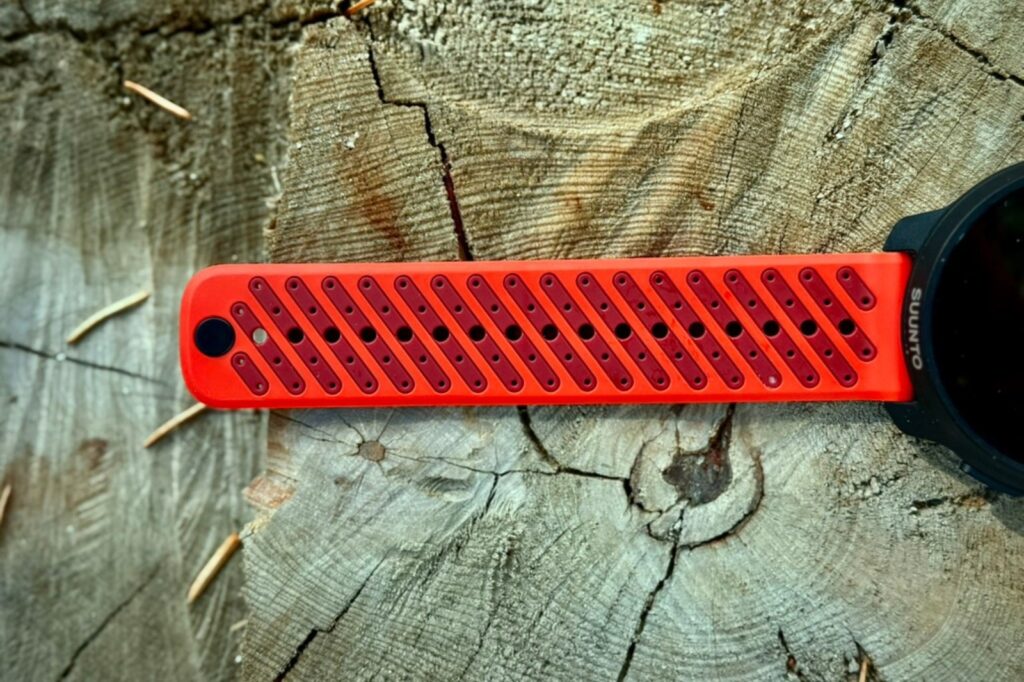
TAYLOR: Some other notable features include maps and music. The first is much more important to me personally, as I utilize maps quite often. For starters, the maps on the Suunto App and how they display on the watch are so clean. I actually prefer Suunto’s maps over any other mapping program because of how clean they look.
Creating mapped activities is quite simple via the app, and you can easily download them to your watch to view and follow during activities. Features such as specific waypoints, color-coded elevation maps, and layers are all very handy when planning and executing adventures. I was particularly impressed with the presentation and the user-friendly nature of the map features.
One last important note about maps: offline maps are available, but you must download them through the Suunto app for the specific regions you’re exploring. This is a common practice among GPS watches, so just plan ahead!
Additionally, a note on music storage: there isn’t any. Perhaps it’s a feature that’s coming, but there is no ability to store files or use an app for music on the Race 2 itself. While this feature is fine for me, some may want that capability.
If you often have your phone along on runs, the Suunto Race 2 can control the audio with a simple next, previous, and play/stop buttons on the watch.
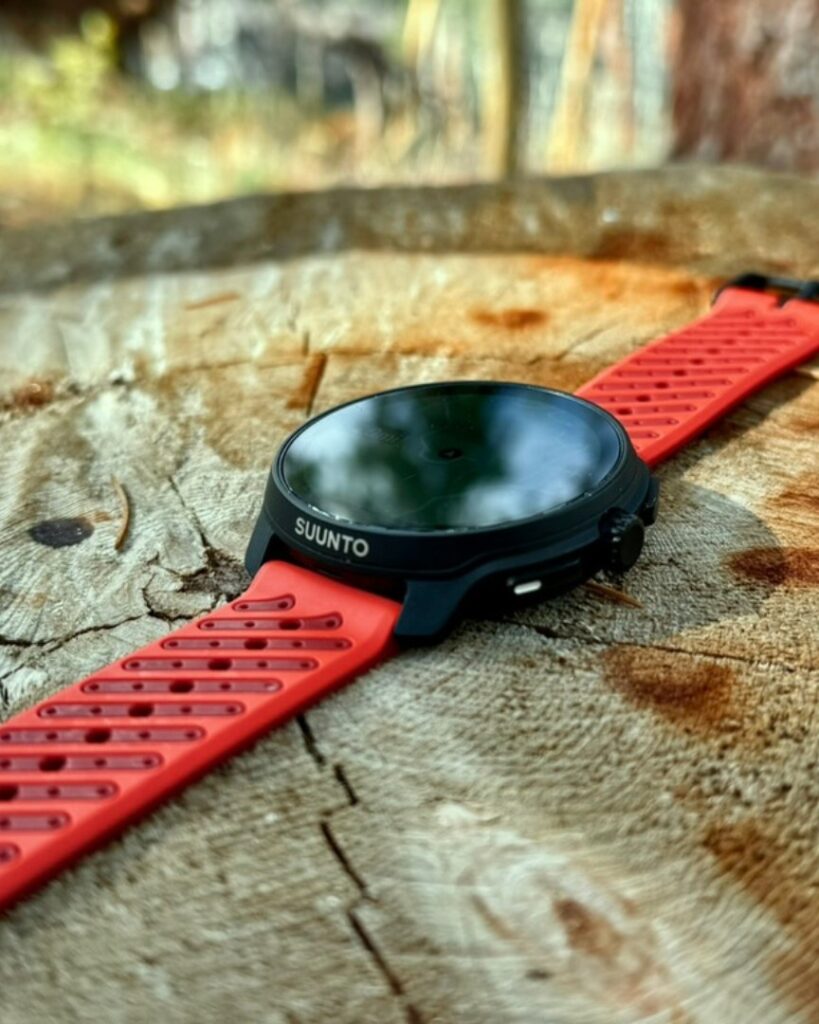
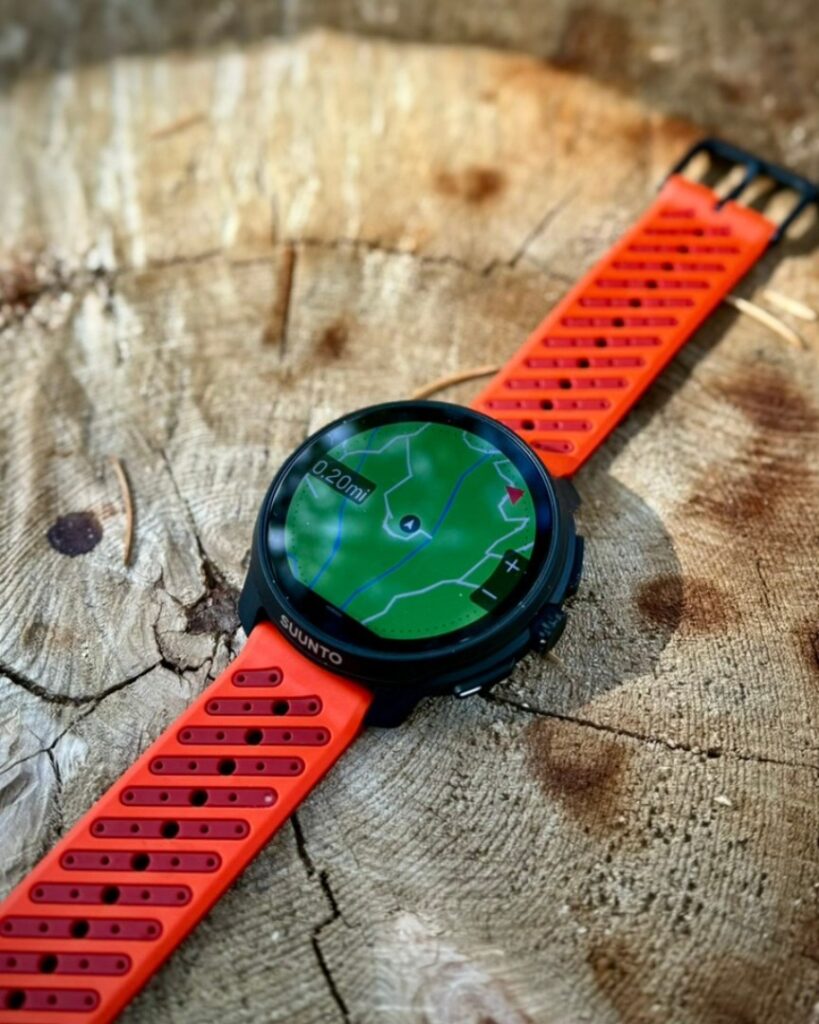
TAYLOR: The times are ripe, folks. Just as we’re experiencing in footwear, the GPS watch market offers many excellent options to choose from. The Suunto Race 2 proved to me that it is well worth your attention, and perhaps even your investment.
At $499 ($599 for the titanium model), the Suunto Race 2 packs a punch with accurate training data, a durable build, a sleek design, and a solid app to manage it all. While I think many types of athletes could be pleased with this option, I believe the performance-minded runners will derive the most benefit from it. Because of the huge variety of activity modes, know that this watch isn’t just for running.
I have zero harsh words about the Suunto Race 2. It’s a truly great option that expands the market for GPS watches.
You can pick up the Suunto Race 2 for $499 from Suunto using the buttons below.
Shop Suunto Race 2Have something to say? Leave a Comment

Taylor Bodin is a trail and ultra runner living in Estes Park, Colo., with his wife and daughters. As the head of the Dirt Division at Believe in the Run, trail running is pretty much the only hobby he can manage right now and loves it. Every so often, he will pop off a race or FKT attempt because competition is pure and the original motivator for him getting into running anyway.
More from Taylor Read Article
Read Article
